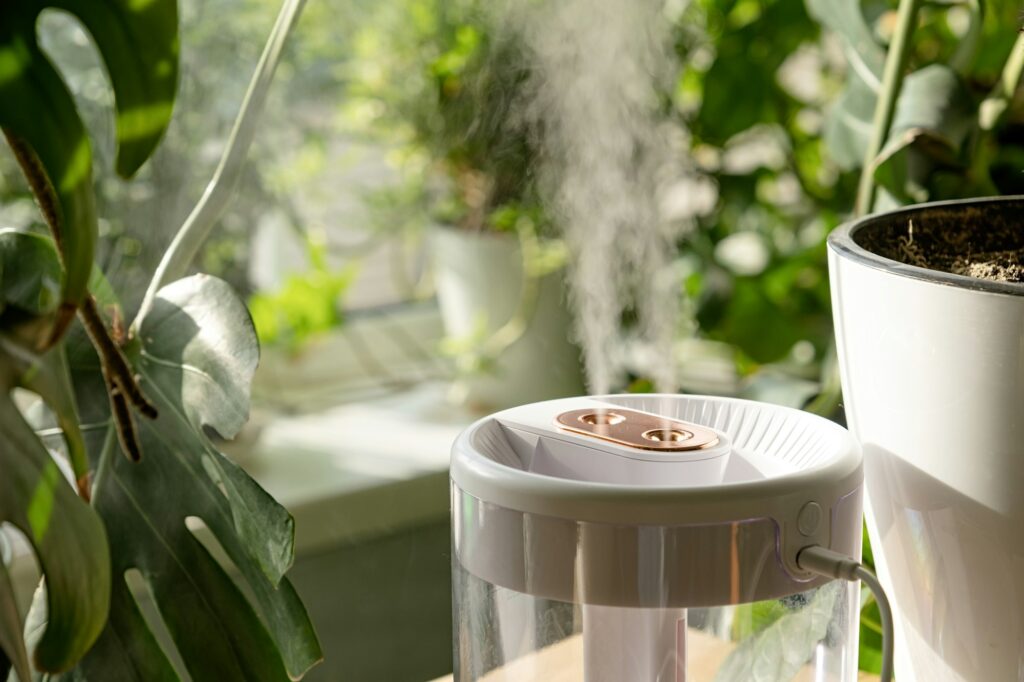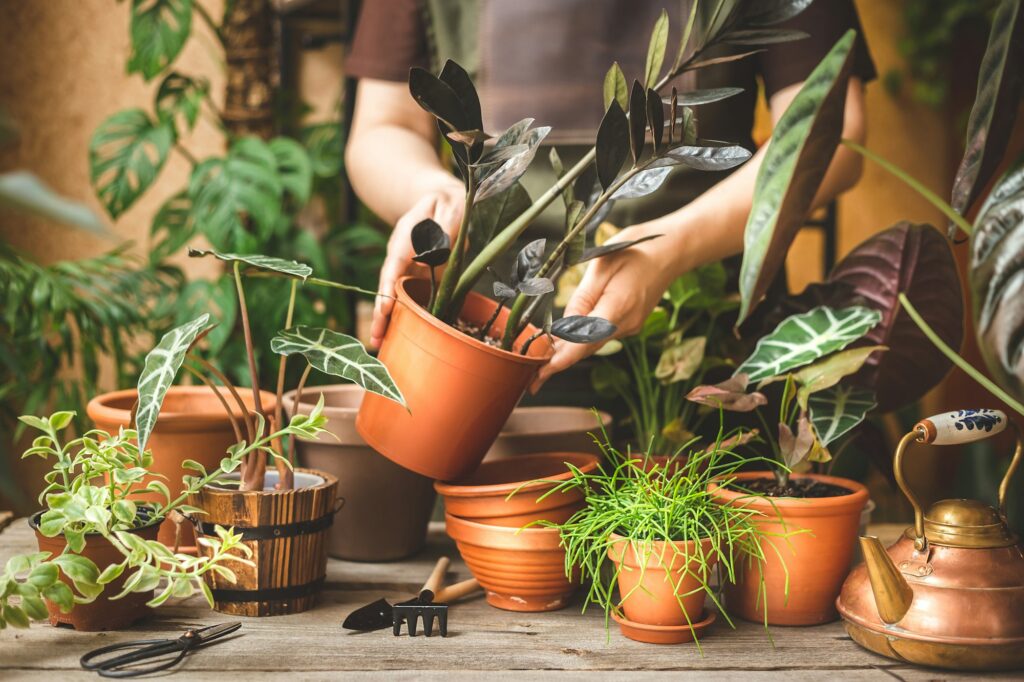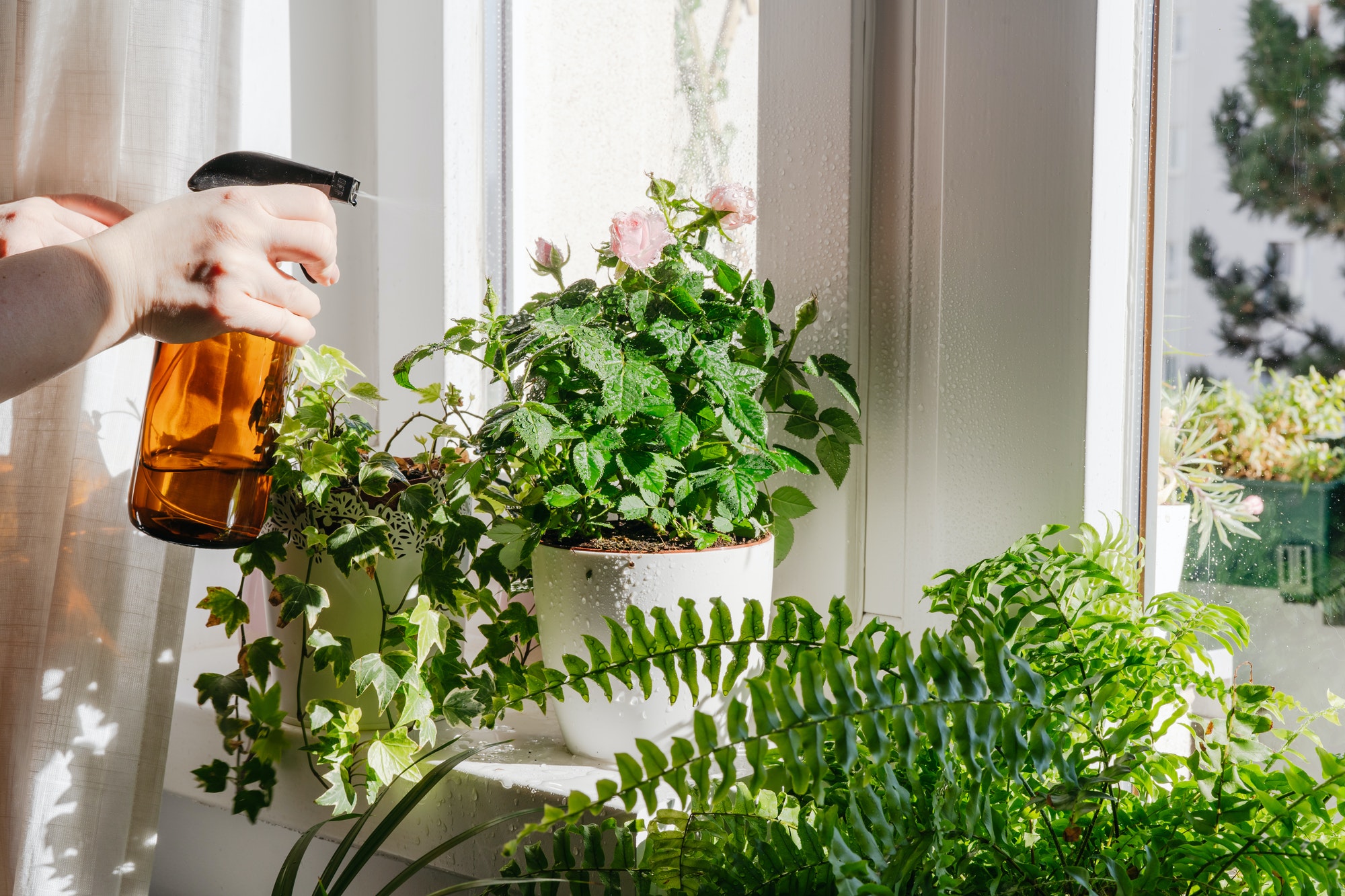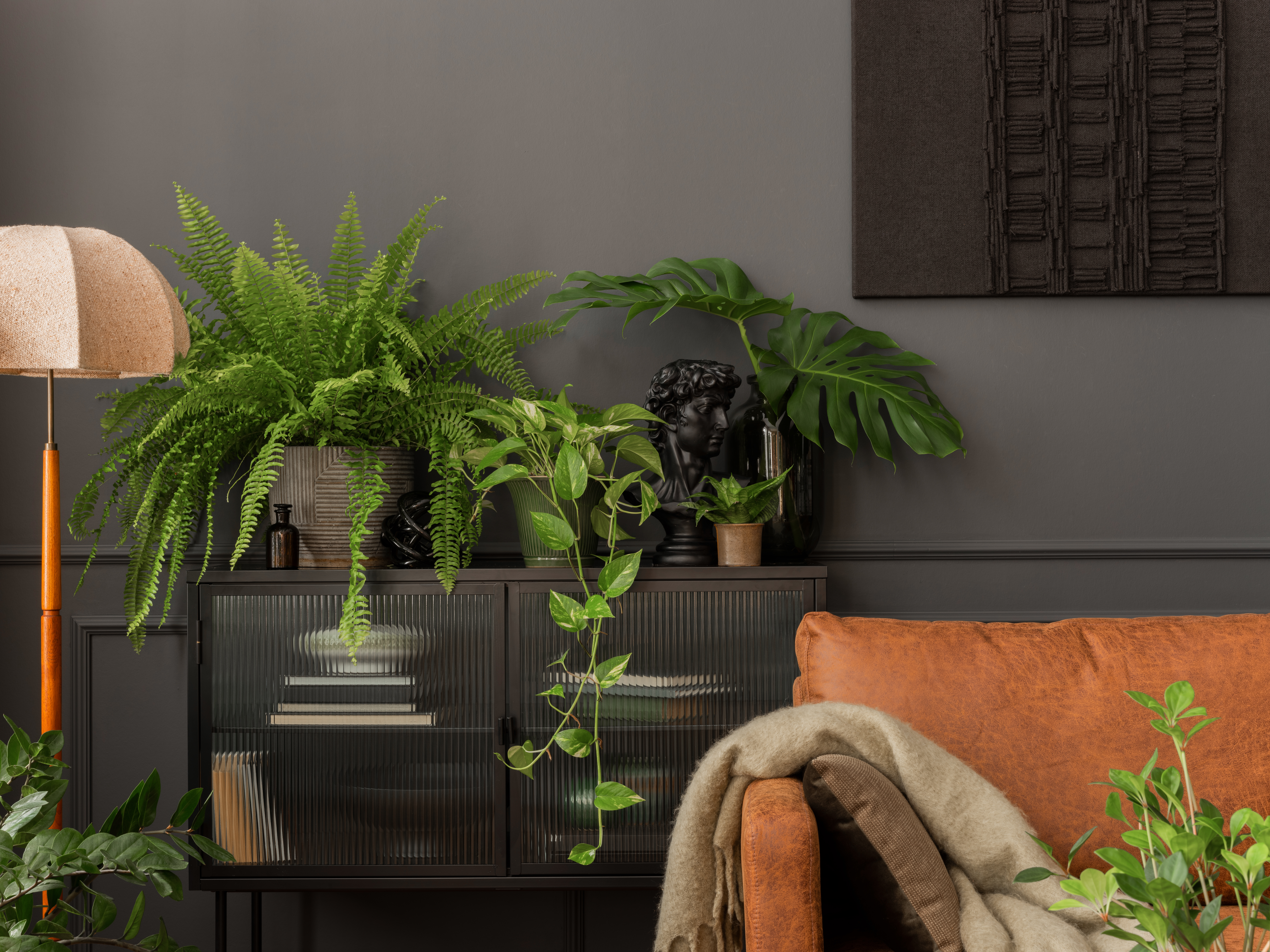Winter can be a tough season for indoor plants, but with a few adjustments to your care routine, you can keep your green friends happy and thriving until spring. Here’s how to ensure your indoor garden remains lush and vibrant even when the temperature drops.
Adjust the Watering Schedule
Indoor plants require less water during winter because their growth slows down. Overwatering can lead to root rot, so it’s crucial to let the soil dry out more between waterings. Here’s a handy tip: stick your finger about an inch into the soil. If it feels dry, it’s time to water.
- Reduce frequency: Water less often than in summer.
- Check soil moisture: Ensure soil is dry an inch below the surface before watering.
- Avoid waterlogging: Empty saucers after watering to prevent water from sitting at the base of pots.
Increase Humidity
Indoor air tends to be drier in winter, especially with heating systems running. Many houseplants, like ferns and tropical plants, thrive in humid environments.
- Use a humidifier: This can help maintain a consistent humidity level.
- Mist regularly: Lightly mist your plants with water every few days.
- Group plants together: This can create a micro-humid environment.
- Place on pebble trays: Fill a tray with pebbles and water, then place the plant pot on top. As the water evaporates, it increases humidity around the plant.

Optimize Light Conditions
Shorter days and weaker sunlight mean your plants will get less natural light. Moving plants closer to windows can help, but avoid placing them against cold glass.
- Move closer to windows: Ensure they get as much indirect sunlight as possible.
- Rotate plants: Turn your plants occasionally so all sides get light exposure.
- Clean windows: Dust and dirt can block precious light.
- Use grow lights: If natural light is insufficient, consider using LED grow lights to supplement.
Maintain Ideal Temperature
Most indoor plants prefer temperatures between 60-75°F (15-24°C). Avoid placing plants near cold drafts or direct heat sources like radiators.
- Keep away from drafts: Ensure plants are not in the path of cold air from windows or doors.
- Avoid direct heat: Position plants away from radiators, vents, or fireplaces.
- Stable environment: Try to maintain a consistent temperature, avoiding sudden changes.
Dust and Clean
Dust can accumulate on leaves, blocking light and harboring pests. Regular cleaning can keep your plants healthy.
- Wipe leaves: Use a damp cloth to gently clean the leaves.
- Shower plants: For smaller plants, you can place them in the shower and rinse them off with lukewarm water.
Fertilize Sparingly
During winter, most indoor plants go into a dormant phase and don’t require as much food.
- Reduce fertilization: Cut back on feeding until spring.
- Use diluted fertilizer: If you do fertilize, use a half-strength solution.
Watch for Pests
Indoor plants can still be susceptible to pests like spider mites, aphids, and mealybugs, which can thrive in the warm, dry indoor environment.
- Inspect regularly: Check leaves and stems for signs of pests.
- Isolate new plants: Keep new plants separate for a few weeks to ensure they are pest-free.
- Use natural remedies: If pests are found, try using insecticidal soap or neem oil.
Personal Touch: Sharing My Experience
I remember one winter when my beloved fiddle leaf fig started looking a bit sad. After a bit of trial and error, I realized it was too close to a drafty window. Moving it to a more stable environment and increasing humidity made all the difference. It perked up beautifully, reminding me how small adjustments can lead to big improvements in plant health.
By following these tips, you can help your indoor plants survive and even thrive during the colder months. A little extra care goes a long way, ensuring your green space stays a cheerful oasis through winter and beyond.






